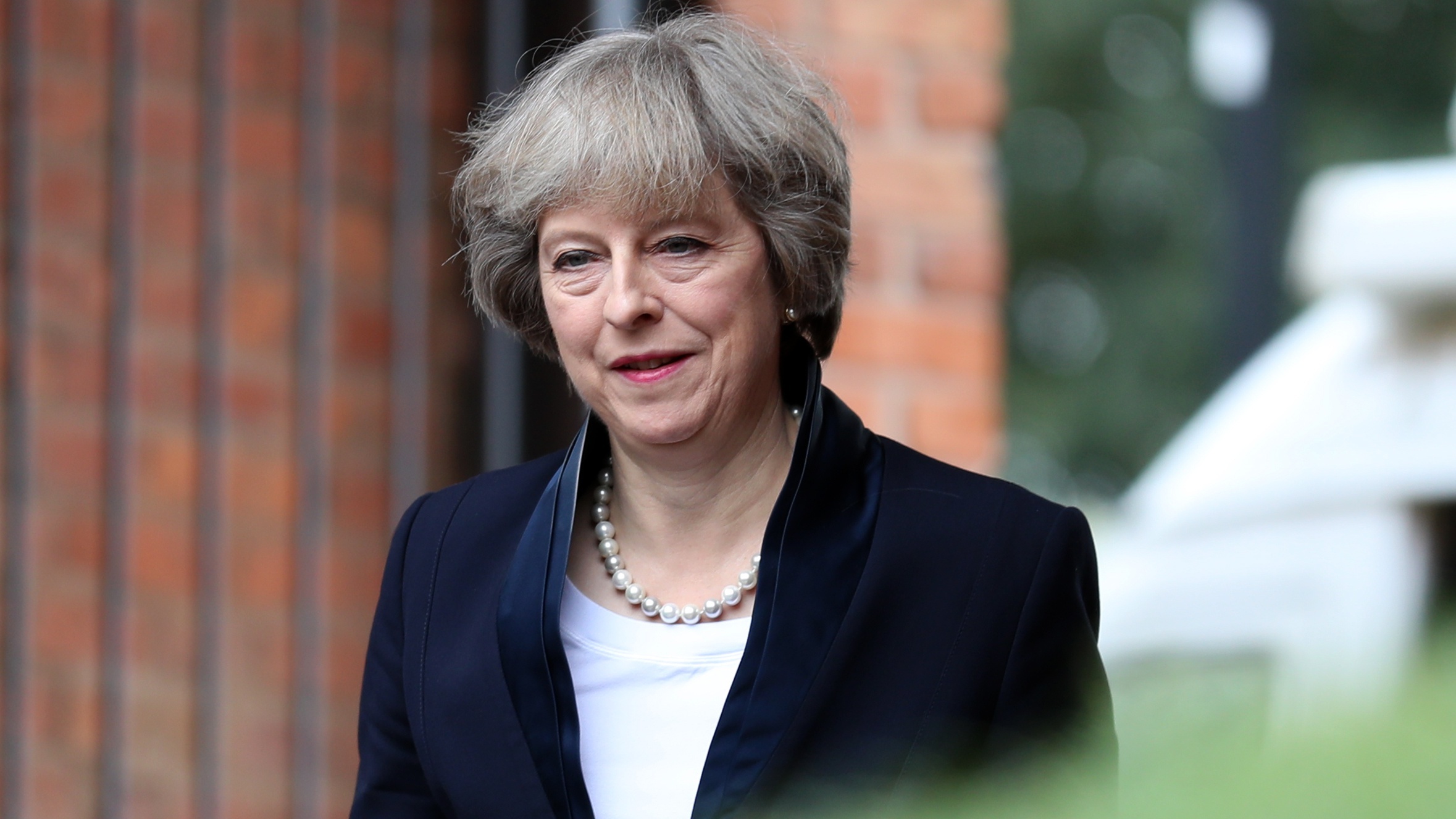
Planning for Brexit could cost the Government £65 million a year and involve hiring at least 500 civil servants – but time is being “wasted” on “political squabbles and turf wars”, a new report warns.
The paper criticises Prime Minister Theresa May’s “silence” on her negotiating position for leaving the European Union, which it says is “unsettling” for business and “perplexing” for countries the UK faces negotiating with.
In the absence of a clearly articulated Government strategy, off-the-cuff remarks are filling the void, the report by the Institute for Government think-tank warns.
While the decision to split responsibility for Brexit between three departments – the Foreign Office, the Department for Exiting the EU, and the Department for International Trade – risks “fragmentation and incoherence”, according to the report.
Dividing power between the so-called three Brexiteers, Boris Johnson, David Davis and Liam Fox, risks squabbles and infighting between the triumvirate, the institute warns.
The report, Planning For Brexit: Silence Is Not A Strategy, states: “This triple departmental structure risks creating fragmentation and incoherence, and a lack of clarity about the roles and responsibilities of the new departments has caused distractions and delayed work on Brexit.
“The Prime Minister now needs to move swiftly to stamp out potential turf wars between her Brexit ministers and make clear who does what.”
It adds: “The Prime Minister’s silence about how she intends to reach an initial negotiating position is proving problematic.”
Mrs May has refused to say when she will trigger Article 50 and start the two-year formal negotiations on leaving the EU, although Mr Johnson has said it is likely to be early next year.
The report urges Mrs May to “clarify the process and timescales through which she intends her government to agree the UK’s initial negotiating position”.
It adds: “In the absence of a clear plan, ‘Kremlinology’ and off-the-cuff remarks are filling the void.
“The current position of the outside world trying to divine the Government’s position from the personal musings of individual ministers is creating unhelpful uncertainty – frustrating those looking for an early exit, perplexing those with whom we have to negotiate, and unsettling those looking to do business with the UK.”
The report also estimates the potential cost to UK taxpayers of negotiating exit from the EU, and says another 520 staff will need to be recruited across the trade and Brexit departments costing £65 million a year.
Dr Hannah White, programme director and report co-author, said: “Silence is not a strategy. The current situation – where we are left to interpret personal musings of individual ministers – is frustrating those looking for an early exit, perplexing those with whom we have to negotiate and unsettling those looking to do business in the UK.
“The Prime Minister has sworn she will not give a running commentary on negotiations, but she needs rapidly to clarify how and when the Government intends to go about making decisions on Brexit.”
Jill Rutter, who also co-authored the report, said: “Ministers will be faced with a series of difficult choices over the shape of Brexit.
“These are too important to be left to normal interdepartmental wrangling and horse-trading.”
The report calls for “massive engagement” at all levels of government and the economy to get the best Brexit deal.
A Government spokesman said: “Our departure from the EU represents a new chapter for Britain and we’re confident of getting a good deal for the whole country, which makes the most of the new freedoms Brexit will afford us.
“Since the referendum, the Prime Minister has put the machinery of government behind getting the best deal, creating a dedicated Department for Exiting the EU and a Department for International Trade.
“The relevant departments are properly resourced and working closely to undertake detailed work on the challenges and opportunities of Brexit across a comprehensive range of areas.
“They are also listening and talking to as many organisations, companies and institutions as possible to build a national consensus around our negotiating position.
“This process will not be brief or straightforward and we’re not going to provide a running commentary on every twist and turn of these negotiations.
“You don’t start a negotiation by telling the people you are negotiating with exactly what you plan to do. That approach won’t help us get the best deal for Britain.”
READ MORE
Lindsay Razaq: The Brexit PM who chose to walk away
Lindsay Razaq: How long can Theresa May keep up her Brexit poker face?

Enjoy the convenience of having The Sunday Post delivered as a digital ePaper straight to your smartphone, tablet or computer.
Subscribe for only £5.49 a month and enjoy all the benefits of the printed paper as a digital replica.
Subscribe